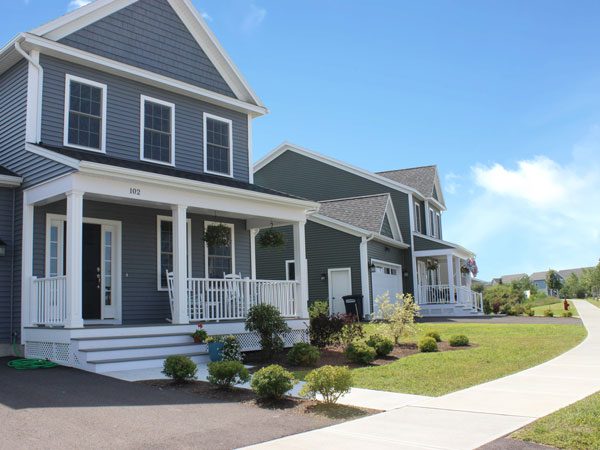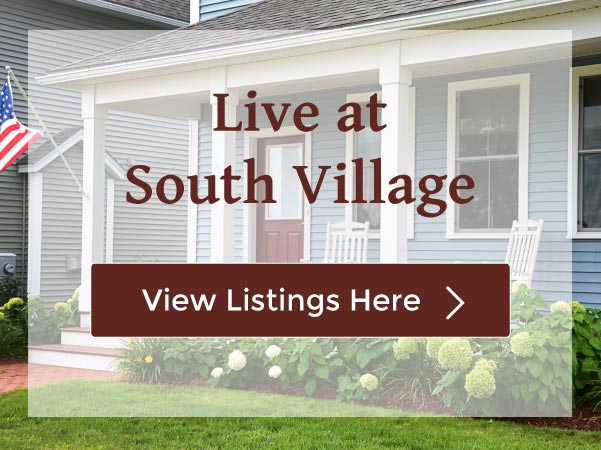History and Mission
South Village is located on one of the most beautiful pieces of land in northern Vermont, with views to the west of the Adirondacks and to the east of the Green Mountains.
Community Supported Neighborhood
Until the 1980s, the meadows at South Village were used for growing hay and seasonal field crops. In early 2005, the property was listed for sale and several Burlington-area business leaders joined forces to protect it from being divided into a patchwork of 5-acre parcels. Their vision was to demonstrate an alternative to suburban sprawl by establishing a Traditional Neighborhood Development (TND).
Vermont’s First Traditional Neighborhood Development
South Village is Vermont’s first TND and one of more than 300 across the country. In these pedestrian-friendly communities, homes are located close together and are connected with narrow streets and wide sidewalks. There are front porches, trees, and gardens.
South Village offers several other amenities including:
- Organic farm
- Community gardens
- Open space for walking and skiing
- Abundant habitat for wildlife
- Solar Meadow
Design Aesthetic
The homes at South Village share a design aesthetic as well. Traditional rooflines, window styles, and design details reflect the pleasing architecture of New England’s loveliest small towns. Construction standards ensure every home at South Village is attractive, well built, and energy-efficient.
This thoughtful approach to style and materials makes it possible to integrate a variety of housing types and encourage a diverse community that welcomes professionals, families, empty nesters and seniors. South Village has three dedicated building contractors who help to develop the style and aesthetic that defines this community.
The Builders South Village portfolios are available for viewing here.
Conservation Land
More than 70% of the 220 acres at South Village have been permanently protected from future development. Residents share access to this common land, which includes woods, meadows and wetlands as well as a 12-acre organic farm and 1-acre photovoltaic solar array.
Learn more about the conservation land and land stewardship here.




